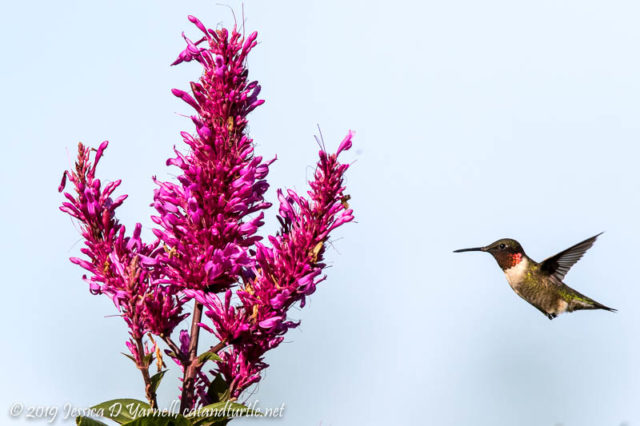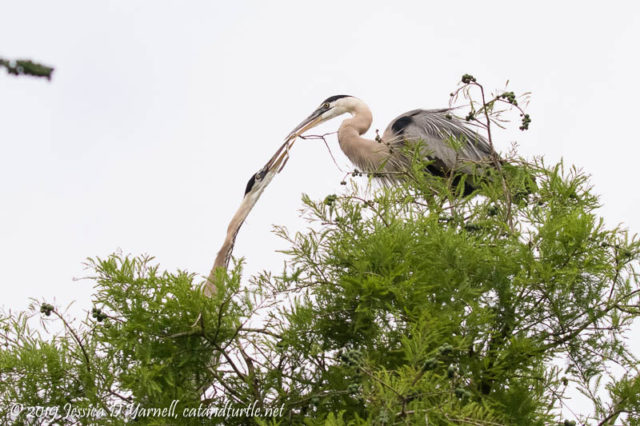The Last of the Backyard Migrants
One morning in late April, I spent a couple of hours in the backyard with my camera, hoping to see our first-of-spring baby Cardinal and maybe a few migrants. It was a cool morning and pleasant to hear the calls of “my” birds as they woke up. We’ve been seeing the occasional Eastern Bluebird, although they don’t choose to pose for the camera. I was excited to see a Ruby-throated Hummingbird as he migrated through…

I’d been hearing the chips of a baby cardinal for a couple of days. I was hoping he’d make an appearance for my camera. He did! They are so cute and trusting at this age.

A female Red-winged Blackbird flew in and posed in the pretty morning light. The honeysuckle vine on my bird blind is a definite crowd-pleaser! The birds love to hang out up there.

I took these photos on the morning that I said goodbye to the last of my Painted Buntings. There were two greenies remaining. They stuck together like glue, perching on the same branches and following each other from salvia to salvia.

On the ground below, a Common Ground Dove flew in. I mentally begged him to hop onto a branch with a nice background. Instead he strutted through the lawn and showed off his breeding colors.

The hummingbird came back and started nectaring from a nearby Amistad salvia. It’s fun to photograph the males and try to capture their gorgeous necks that shine bright red when the sun hits them at the perfect angle.

As I sat back in my comfortable chair, watching the world of the backyard, I heard a rather unexpected party arrive. A family of ducks pushed themselves through a break in the hedge and paraded across the backyard. I grabbed a few headshots with the big camera and then pulled out my phone for the group shot. It was a mom and her eight almost-grown babies. That’s a really good mom – it’s rare to see that many grow up together!













